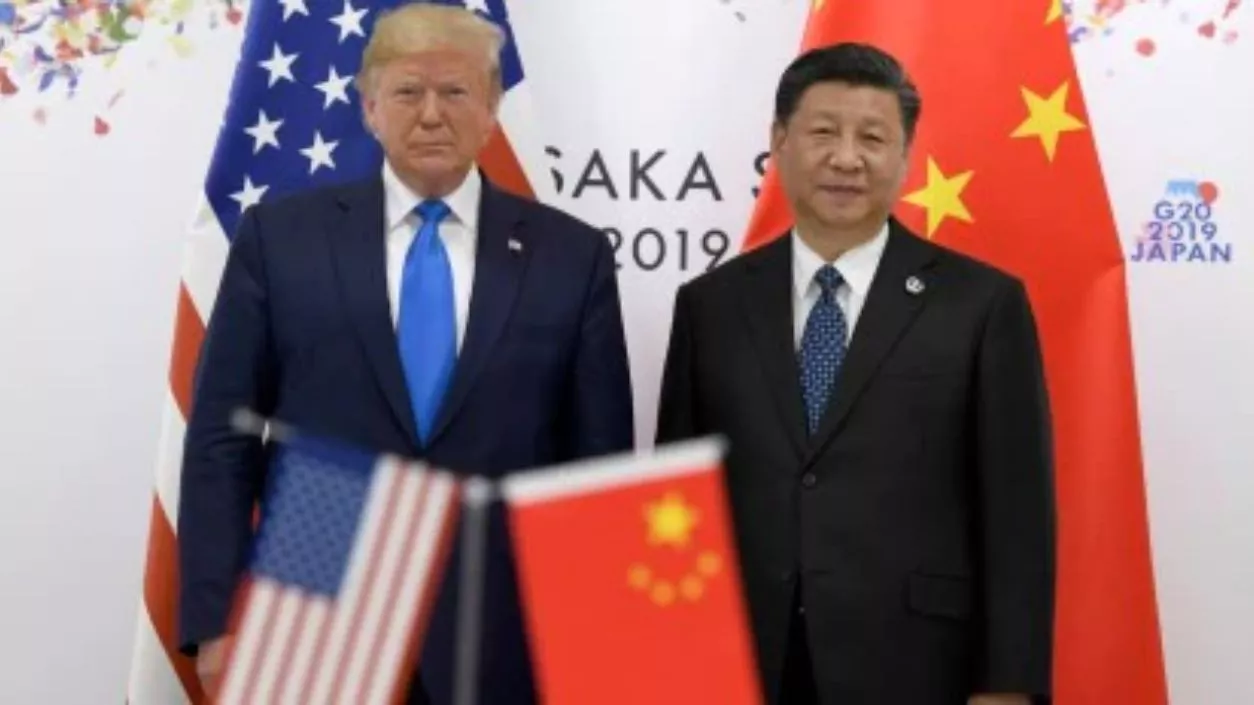.gif)
.gif)

The United States and China have agreed to temporarily lower tariffs on each other's products, according to a joint statement released in Geneva. This move aims to de-escalate trade tensions and provide a three-month window for the world's two largest economies to resolve their ongoing differences.
The agreement outlines a reduction in the combined 145% US levies on most Chinese imports to 30% by May 14. This reduction includes the tariff rate tied to fentanyl. Simultaneously, China will lower its 125% duties on US goods to 10%, as confirmed by the statement and officials during a briefing on Monday.
"We had a very robust and productive discussion on steps forward on fentanyl," stated Treasury Secretary Scott Bessent. "We are in agreement that neither side wants to decouple." This statement indicates a willingness to find common ground and avoid a complete breakdown in economic relations.
The joint statement also revealed that "the parties will establish a mechanism to continue discussions about economic and trade relations." This mechanism suggests an ongoing commitment to dialogue and negotiation, even as the temporary tariff reductions take effect.
This announcement marks a significant step towards de-escalating the tariff war that has disrupted trade across the Pacific Ocean. Earlier reports of "substantial progress" in the talks had already boosted market confidence and helped Chinese stocks recover losses incurred since President Donald Trump's "Liberation Day" tariff announcement on April 2nd.
Trade Representative Jamieson Greer emphasized the US desire for more balanced trade with China. While the White House initially referred to the agreement as a "trade deal" in a Sunday statement, the ultimate goals for both sides and the timeline for achieving them remain unclear. Notably, China had previously demanded the complete removal of all tariffs imposed by the US this year, a demand that clashes with the US objective of reducing or eliminating the trade deficit.